Books by New Scientist include
Does Anything Eat Wasps?
Why Dont Penguins Feet Freeze?
How to Fossilise Your Hamster
Do Polar Bears Get Lonely?
How to Make a Tornado
Why Cant Elephants Jump?
Farmer Buckleys Exploding Trousers
Why Are Orangutans Orange?
Will We Ever Speak Dolphin?
Nothing
Question Everything
Chance
How Long is Now?
The Universe Next Door

www.johnmurray.co.uk
First published in Great Britain in 2018 by John Murray (Publishers)
First published in the US in 2018 by Nicholas Brealey
An Hachette UK company
Copyright New Scientist 2018
The right of New Scientist to be identified as the Author of the Work has been asserted by them in accordance with the Copyright, Designs and Patents Act 1988.
All rights reserved.
No part of this publication may be reproduced, stored in a retrieval system, or transmitted, in any form or by any means without the prior written permission of the publisher.
All characters in this publication are fictitious and any resemblance to real persons, living or dead is purely coincidental.
A CIP catalogue record for this title is available from the British Library
UK ISBN 978-1-473-62863-2
US ISBN 978-1-43-68504-8
John Murray (Publishers)
Carmelite House
50 Victoria Embankment
London EC4Y 0DZ
www.johnmurray.co.uk
Nicholas Brealey Publishing
Hachette Book Group
Market Place Center, 53 State Street
Boston MA 02109, USA
www.nicholasbrealey.com
Contents
Introduction
Reality gets a bad rap. Too often it is cast as the sober canvas from which our imagination takes flight. Wild stories are called imaginative, while critics caution those who peddle them to be more realistic. Worse still, we might say a tale lacks imagination, as if that were the only source of material that could excite us. The implication is clear: reality is humdrum.
Thankfully, nothing could be further from the truth.
We might be besieged by fake news and post-truth discourse, but even the most duplicitous of liars could never hope to invent a reality as marvellous, baroque or dazzling as our own. Who could dream up the millimetre-high mountain ranges that snake across the surface of neutron stars? Or the strange earthquake-warning lights that illuminate the sky above aching fault lines? Or suspect that buried deep below those fault lines, microbes that once shared the planet with dinosaurs are still plodding through their very long lives? The astonishing stories behind all these facts and much more are in your hands.
Few visit these dizzying corners of reality as frequently as the staff at New Scientist . Day in and out, we grapple with mind-boggling matters, always asking questions. Can time flow backwards? How do microbes survive outer space? Where do humans come from? And why do some physicists think the universe is a hologram?
This childlike questioning of reality does not mean we are averse to using our imaginations New Scientist s last book, The Universe Next Door , took a grand tour of the multiverse, stopping in at what-if worlds, alternative timelines and thought experiments. But this book is dedicated to reality in all its unimaginable complexity. Collected here are the stories weve published that left us bowled over or bamboozled. If you find yourself shaking your head in disbelief as you read them, know that we were doing the same when we worked on them. And yet, everything here is real even if conclusive evidence for some bits still hovers tantalisingly out of reach.
We start with a peek at the strangeness of the everyday: why lightning bolts shouldnt exist, how the sun sometimes comes out at night, and the sea monsters that can appear from nowhere to break a ship in two. Then youre in the hot seat, as we find out why being human is the most incredible thing youll ever experience (so long as were not all holograms). Chapter three takes you on a wild safari of natures strangest nooks, from the ecosystem above your head to the alien life beneath the seas.
And that is just the small stuff. Further chapters reveal a place on Earth where things fall up, hidden dimensions in space, the biggest number you can imagine and the small question of whether reality as we know it is, er, real.
This book will blow your mind and make you rethink what it even means to be you but dont let that stop you reading it. As you will discover, the human mind is capable of incredible feats, so putting your blown mind back together at the end of it should be childs play. Really.
1 Seventeen Impossible Things Before Breakfast
You dont have to travel far to see things you didnt believe were possible. There are astonishing, unexplained events happening all around you. Nights as bright as day, hypercomputers that can think like us, exotic metals made with forbidden chemistry, and more. Join us as we start our expedition into the realm of the incredible. More than once you will think to yourself that these things simply cannot be true, but everything that follows is definitively documented and totally mind-blowing.
The riddle of the nocturnal sun
What could be more sure than night following day? Yet before artificial lights blinded our sight, reports of nights as bright as day were common, discovers Rebecca Boyle . What lay behind the phenomenon was a mystery until now.
In the millennia before street lights and smartphones, humans could, on rare occasions, walk around on a moonless night and see clearly. Looking up, they could see broad luminous patches of light stretching across the sky, which brightened the heavens in all directions as though it were daylight. People could read without candlelight, view small details in their surroundings, and make out landscapes in the distance. It was as if the world were illuminated by a hidden night-time sun.
The existence of bright nights is well accepted, but their cause remains a mystery. Frustratingly, sightings have almost entirely faded away in the past few decades, making it seem that any hope of solving the riddle was dimming. Now, though, one man says he has seen the solution.
The earliest account of a bright night comes from Pliny the Elder, a Roman army commander who studied nature in his spare time. In his encyclopaedic Natural History of around AD 77, he wrote that the phenomenon commonly called a nocturnal sun a light emanating from the sky at night has been seen many times. In 1988, a French atmospheric scientist named Michel Hers produced the definitive collection of accounts of bright nights, which documented similar stories from the past millennium and all over the world. In French, they were nuit claires , and in German helle Nchte .
But sightings have become rarer. The most recent may be from 22 and 23 August 2001 at the Leoncito Astronomical Complex high in the Argentinian Andes. During that event, Steven Smith of Boston University in Massachusetts and his colleagues reported a night sky that was 10 times brighter than normal.
There is an obvious reason why the frequency of reported bright nights might have fallen: it has to be dark for us to notice them, and these days, 99 per cent of people in Europe and North America sleep under an artificially lit sky.
Herss book suggests that about one bright night used to be observed every year, but aside from that reveals no obvious temporal or geographical pattern. I think you would have to have been in the right place at the right time, and in the right situation, to see one, says John Barentine, an astronomer at the International Dark-Sky Association, which works to combat light pollution.

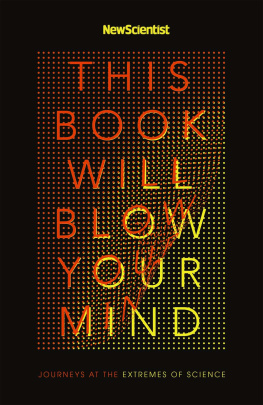
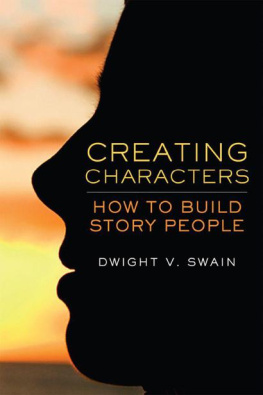

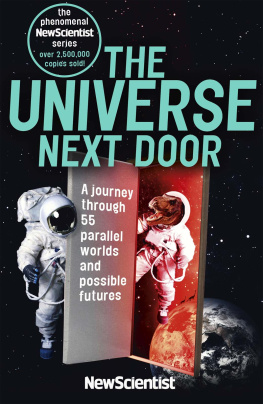
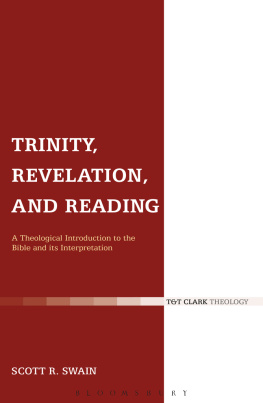
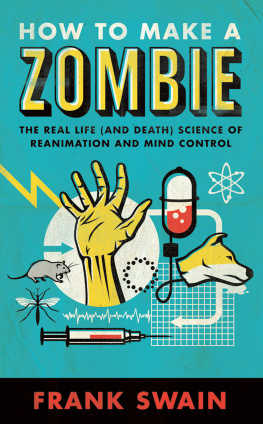

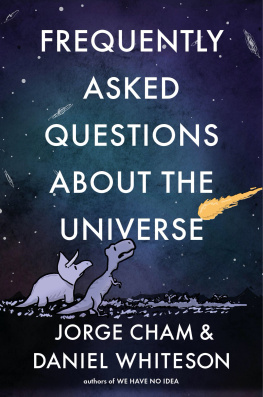
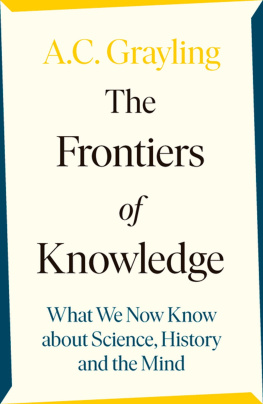
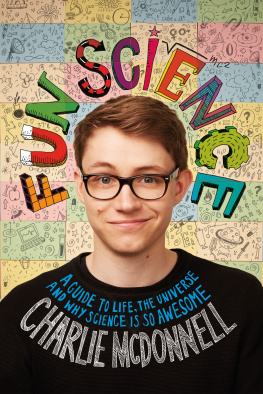
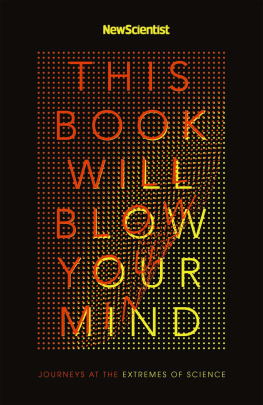
![Frances M. Ashcroft - Life at the Extremes: [The Science of Survival]](/uploads/posts/book/49583/thumbs/frances-m-ashcroft-life-at-the-extremes-the.jpg)

